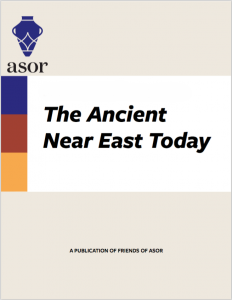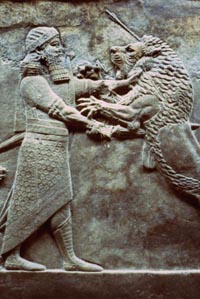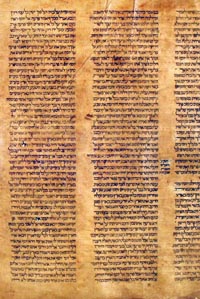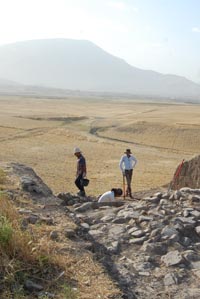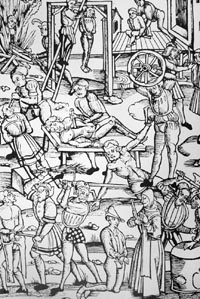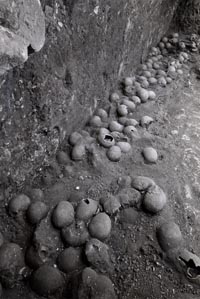

September 2014
Vol. 2, No. 9
Welcome to The Ancient Near East Today, Vol II, No. 9! This month, we focus on two cultures from the heartland of the ancient world: Israel and Mesopotamia.
We lead off with ancient Israel. Carly Crouch asks the question of when Israelite identity emerged, while Ronald Hendel describes a new project to create a critical edition of the Hebrew Bible.
Ancient and modern violence in Mesopotamia is a concern addressed as Jordi Vidal reviews the problem of violence against non-combatants in the ancient Near East, while Daniel Schwermer looks at the question of witchcraft. Michael Danti recounts recent fieldwork in Kurdistan, sometimes undertaken within earshot of the unfolding war. Finally, Kurt Prescott gives an overview of ASOR’s new project to document and preserve Syrian heritage that is being destroyed by war.
As always, we encourage you to send The Ancient Near East Today articles to family and friends, post links to Facebook and Twitter, and to be in touch with the editor. Remember, being a Friend of ASOR is free, so please spread the news!
 When were the Israelites? Understanding Israelite Identity in the Pre-Exilic Period
When were the Israelites? Understanding Israelite Identity in the Pre-Exilic Period
By C.L. Crouch
Scholars have long asked, “Who were the Israelites?” Less frequent is the question, “Whenwere the Israelites?” Indeed, traditional discussions of Israelite identity have focused overwhelmingly on two periods: the emergence of Israel sometime between the twelfth and tenth centuries BCE and the experience of exile in the sixth century.
READ MORE
 The Hebrew Bible: A Critical Edition – Toward a New and Improved Version
The Hebrew Bible: A Critical Edition – Toward a New and Improved Version
By Ronald Hendel
Textual criticism — the comparison of ancient texts of the Hebrew Bible — has been revitalized by the riches of the Dead Sea Scrolls. The latest outcome is a new project that will construct an improved edition of the Hebrew Bible.
READ MORE
 Kurdistan 2014: Archaeology amid Uncertainty
Kurdistan 2014: Archaeology amid Uncertainty
By Michael Danti
War seemed at the doorstep of Kurdistan, but the ASOR-affiliated Rowanduz Archaeological Program (RAP) conducted its second field season of archaeological excavations, surveys, and geophysical prospection in northeastern Iraqi Kurdistan in May and June 2014.
READ MORE
 Witchcraft in Ancient Mesopotamia
Witchcraft in Ancient Mesopotamia
By Daniel Schwemer
Belief in witches was as widespread in Mesopotamia as it was in Europe. Incantation and ritual texts preserved on cuneiform tablets provide a vivid image of witchcraft in second and first millennium Mesopotamia. But a closer look reveals fundamental differences between Babylonian witches and their European counterparts.
READ MORE
 Horrors of War in the Ancient Near East
Horrors of War in the Ancient Near East
By Jordi Vidal
War in the Middle East seems ever-present. But the study of war has been neglected, no more so than in the ancient Near East, and especially its impact on noncombatant populations. After the Second World War, military history became a marginal discipline within academia.
READ MORE
